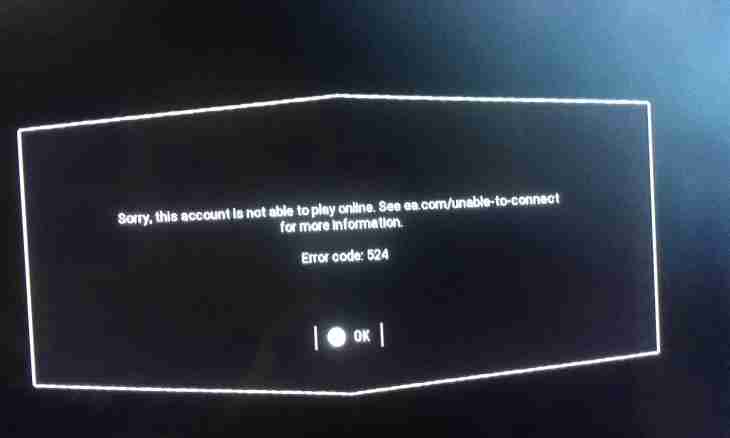When the browser sends to the Web server request for any file, the answer contains also "status code". A part from these codes bear information on errors, others are information messages.
Instruction
1. At first it is necessary to find out whether the code which value you should find out is an error code. Codes with numbers from 100 to 399 in server responses do not bear error messages, and range from 400 to 599 is selected for informing the browser on the arisen problems in attempt to make its query. If the number interesting you more than 399, then is really an error code. They are separated into two groups, is allocated for each of which on 100 numbers.
2. If the necessary number belongs to range from 500 to 599 – that it testifies to one of the listed below server errors:
500 Internal Server Error - this code mean that when processing request the internal software glitch of the server took place.
501 Not Implemented - the server could not identify a request method, or required function is not supported.
502 Bad Gateway - failure occurred not in storage location of the required file, and on the routing equipment.
503 Service Unavailable - at the time of request it is unavailable one or several services of the server.
504 Gateway Timeout - are exceeded the wait time allowed to the server used as the routing gateway.
505 HTTP Version Not Supported - the version of HTTP specified in request are not supported by this server.
3. Other codes of errors:
400 Bad Request - an error in request of the browser.
401 Unauthorized - the user are not authorized for access to the required file.
402 Payment Required - this error code are not used now.
403 Forbidden - for any reason the server cannot make query.
There are no 404 Not Found - a required resource to the specified address.
405 Method Not Allowed - for a required resource the method specified in request is not provided.
There are no 406 Not Acceptable - in request of the browser objects which the server can coordinate with the answer.
407 Proxy Authentication Required - are required authorization of the user using proxy access to a required resource.
408 Request Timeout - the request of the browser did not keep within time allowed for this purpose.
409 Conflict - the conflict between request and current status of the resource demanded by the browser takes place.
410 Gone - the required resource is permanently deleted.
411 Length Required - in a heading part of request the amount of splitting Content-Length is not specified, and the server requires it in relation to this resource without fail.
412 Precondition Failed - in request the amount of splitting which exceeds valid settings of the server is specified.
413 Request Entity Too Large - too large volume has request and therefore it is not processed by the server.
414 Request-URI Too Long - length of the address specified in request exceeds maximum allowed.
415 Unsupported Media Type - the object format specified in request are not supported by the server.
416 Requested Range Not Satisfiable – the range specified in request cannot be accepted by the server to execution.
417 Expectation Failed - expired allowed timeout.

